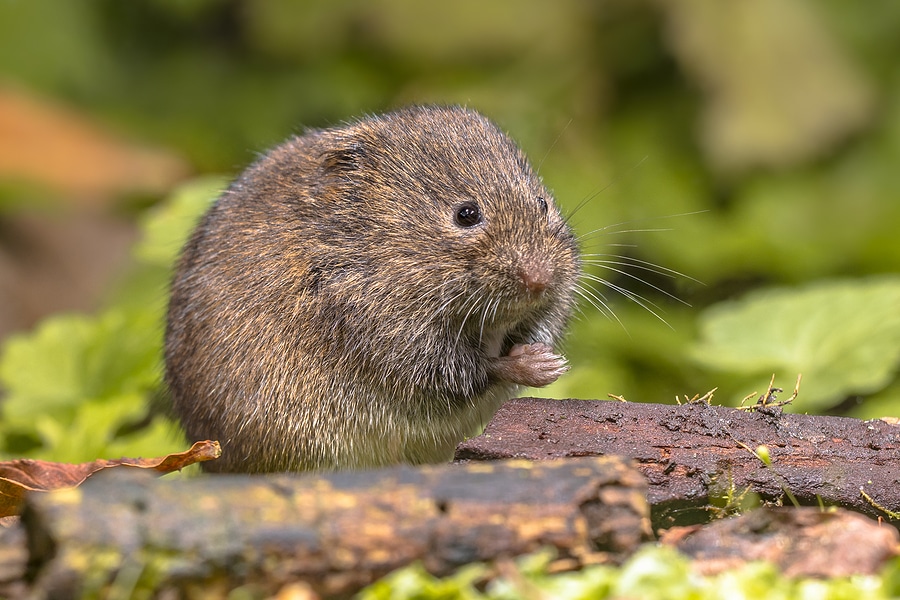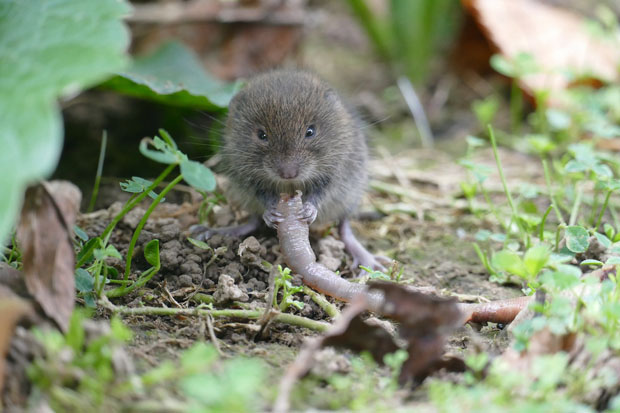Combat Vole Invasion: Expert Methods for Vole Control
Combat Vole Invasion: Expert Methods for Vole Control
Blog Article
Understanding Vole Bug Control: Thorough Insights on Infestation Prevention and Therapy Strategies
By identifying the refined indicators of vole invasion early on, we can take aggressive steps to stop extensive damages. In this discussion, we will certainly discover the subtleties of vole behavior, dig into the identification of infestation indications, and uncover the most effective avoidance and therapy approaches.
Recognizing Vole Actions
Analyzing the foraging patterns of voles offers useful insights right into their behavior and habitat choices. By observing their foraging habits, scientists can obtain a better understanding of where voles choose to develop their environments and the degree of their ecological impact.
Research study suggests that voles exhibit discerning feeding behaviors, liking seeds, origins, and roots - vole pest control. This nutritional preference affects their foraging patterns, leading them to locations rich in greenery and ground cover. Additionally, voles are recognized to create intricate tunnel systems for foraging and nesting functions, indicating a high degree of versatility to their environments
Recognizing vole actions is important for executing targeted insect control measures that disrupt their habitat choices and foraging tasks. By studying their actions, experts can create much more effective prevention and treatment methods to manage vole invasions.
Identifying Indications of Vole Problem
Vole problems can be found by identifying specific indicators of their presence in an area. One of one of the most usual indications of a vole invasion is the presence of surface area paths. Voles create networks of slim pathways on the ground that are normally about two inches broad. These paths are usually found in verdant areas or below compost or ground cover where voles can move freely and browse for food.
Another key sign of vole invasion is the visibility of small burrow openings in the ground. Voles dig superficial burrow systems with multiple entries and exits. These burrows serve as shelter and nesting sites for the voles. In addition, voles are known to leave eaten plant stems, roots, and bulbs near their burrow openings, showing their feeding activity in the area.
Additionally, vole droppings can additionally indicate their visibility (vole control). Vole droppings are small, brown, and cylindrical fit, looking like grains of rice. Finding these droppings along runways or near burrow openings can verify a vole invasion. By being vigilant for these indicators, homeowner can without delay address vole problems and protect against further damages.
Applying Positive Avoidance Steps
To successfully mitigate the dangers related to vole infestations, homeowner can proactively execute a variety of precautionary procedures targeted at guarding their landscapes and gardens. One critical step is to preserve a well-trimmed grass and consistently get rid of high weeds and thick vegetation, as voles are brought in to locations offering sufficient cover. Mounting obstacles such as hardware cloth below ground around susceptible areas like yard beds can also assist prevent vole invasion. Additionally, keeping garden areas tidy and lessening clutter where voles could hide or nest is necessary in minimizing their presence.
Moreover, utilizing all-natural vole deterrents like browse around here castor oil-based repellents or killer urine can function as efficient safety nets. It is additionally suggested to regularly evaluate outdoor areas for any type of signs of vole task, such as paths or delve openings, to address prospective problems without delay. By taking on these positive prevention strategies, homeowner can substantially reduce the chance of vole damage and maintain the health and wellness and aesthetic appeals of their landscapes.
Efficient Therapy Approaches
Including targeted trapping approaches and using accepted rodenticides are vital parts of effective treatment approaches for managing vole problems. Normal monitoring and maintenance are likewise vital aspects of successful therapy strategies to guarantee that vole populations are maintained under control. By incorporating capturing, rodenticides, environment modification, and constant surveillance, reliable vole pest control can be achieved.

Surveillance and Maintenance Tips
Normal surveillance enables for the early detection of vole activity, making it possible for timely intervention prior to invasions intensify. To effectively monitor vole populaces, purposefully placed traps can be used in vole paths or near burrow entryways.
In addition, preserving a clean and well-kept landscape is vital in vole prevention. Clearing up away debris, such as heaps of wood or thick plant life, eliminates possible vole habitats. Regularly trimming lawns and cutting vegetation assists reduce vole concealing areas and decreases their access to food resources.

Conclusion
Finally, mastering vole pest control needs a solid understanding of vole behavior, the ability to identify indicators of problem, applying positive prevention measures, effective therapy methods, and constant tracking and maintenance. By taking a comprehensive approach to vole control, individuals can efficiently manage and protect against problems, eventually protecting their residential or commercial property and surrounding setting from damage triggered by these little rodents.
In this conversation, we will explore the subtleties of vole habits, delve right into the recognition of infestation indicators, and reveal the most effective prevention and therapy techniques.Including targeted trapping approaches and utilizing authorized rodenticides are important parts of efficient therapy methods for managing vole problems. To effectively check vole populations, purposefully placed catches can be made use of in vole paths or near burrow entrances. Checking and fixing any kind of damages to these frameworks guarantees that vole control continues to be reliable in securing properties from invasions. By including these tracking and upkeep practices into a thorough vole parasite control plan, people can properly manage vole populaces redirected here and shield their homes from damages.
Report this page